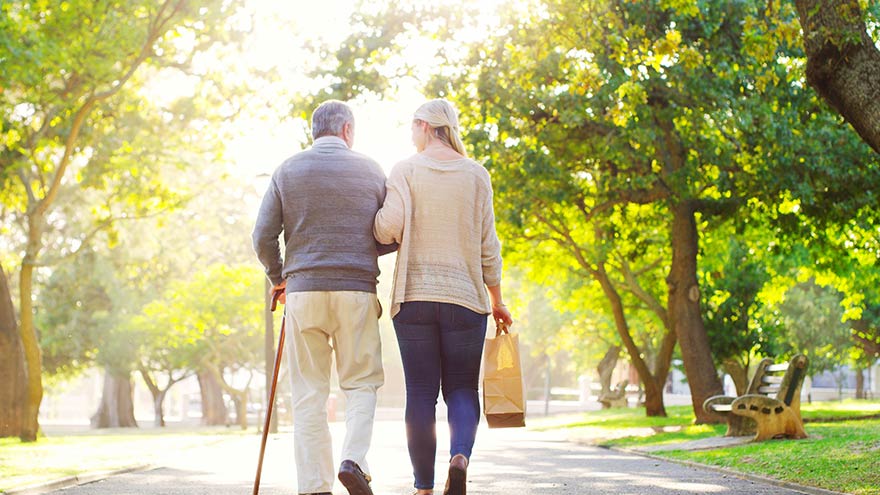Meet the Cardiac Cath Lab Team
Your heart care is in good hands with our well-coordinated group of Cardiac Cath experts including nurses, imaging professionals, interventional technologists and more.
August 31, 2020

According to the Parkinson’s Foundation about ten million people worldwide currently have this disease.
“Parkinson’s disease is a neurodegenerative disease that progresses slowly and definitely, though at variable rates,” explains Dr. Spivack. “Symptoms go beyond the classic motor changes. It results from a loss of specific dopamine-producing brain cells. Specifically, this loss is likely due to a mix of genetic and environmental factors,” he adds.
Dopamine allows communication between particular nerve cells responsible for movement. If you have Parkinson’s dopamine levels gradually drop, causing a loss of motor skills. Generally, most patients with the disease are over age 65.
Diagnosing Parkinson’s can be difficult as some of the symptoms happen during the natural aging process. The Parkinson’s Foundation identifies the following 10 early signs of PD:
A single sign may not point to the disease, but if you (or a loved one) has multiple signs, talk to your healthcare provider.
“It is a clinical diagnosis, based on symptoms that evolve over the course of the disease,” says Dr. Spivack. “There is no diagnostic test that can establish the disease.”
There are three cardinal symptoms, though only two need be present
Not all symptoms are present at the outset, but develop over the course of the disease.
Diagnosing Parkinson’s disease can be difficult as some of the symptoms happen during the natural aging process. tests are not done for a diagnosis, but to rule out other illnesses than can mimic it.
Currently the cause of Parkinson’s is unknown, although scientists are researching three main factors.
“Treating Parkinson’s involves both medication and non-medication based modalities, along with surgery in specific cases,” observes Dr. Spivack. “The mainstay is medication based; all patients with the disease require their use. It is in advanced cases where surgery can be considered.”
“Treatments are symptom-based, variable in efficacy, and there is still controversy about when to start. Symptoms are controlled to a degree, the benefit(s) still lost over time, but life span is prolonged. With this comes significant functional disabilities at home, work, etc., all of which need to be addressed,” adds Dr. Spivack.
A neurologist is essential in the care of a Parkinson’s patient. “Because the disease has so many different symptoms, the treatments are multifaceted, so must be adjusted patient by patient,” says Dr. Spivack. “With all of these complexities, non-pharmacologic interventions like physical, occupational, speech, and nutritional therapies are critical to maintaining quality of life.”
“In addition to medication management of Parkinson’s, physical therapy is an important supplemental treatment of symptoms,” says Dr. Jones. “Continuing to participate in formal physical therapy sessions and maintaining a baseline level of physical activity can preserve, and even improve, a patient’s function, which includes their capability to walk and their balance.”
“Physical therapy can also help reduce negative secondary complications such as decreased range of motion of the joints and hardening (or shortening) of tissue,” adds Dr. Jones. “Lastly, it is important to follow a home exercise program, as prescribed by the physical therapist, to continue rehabilitation daily at home.”